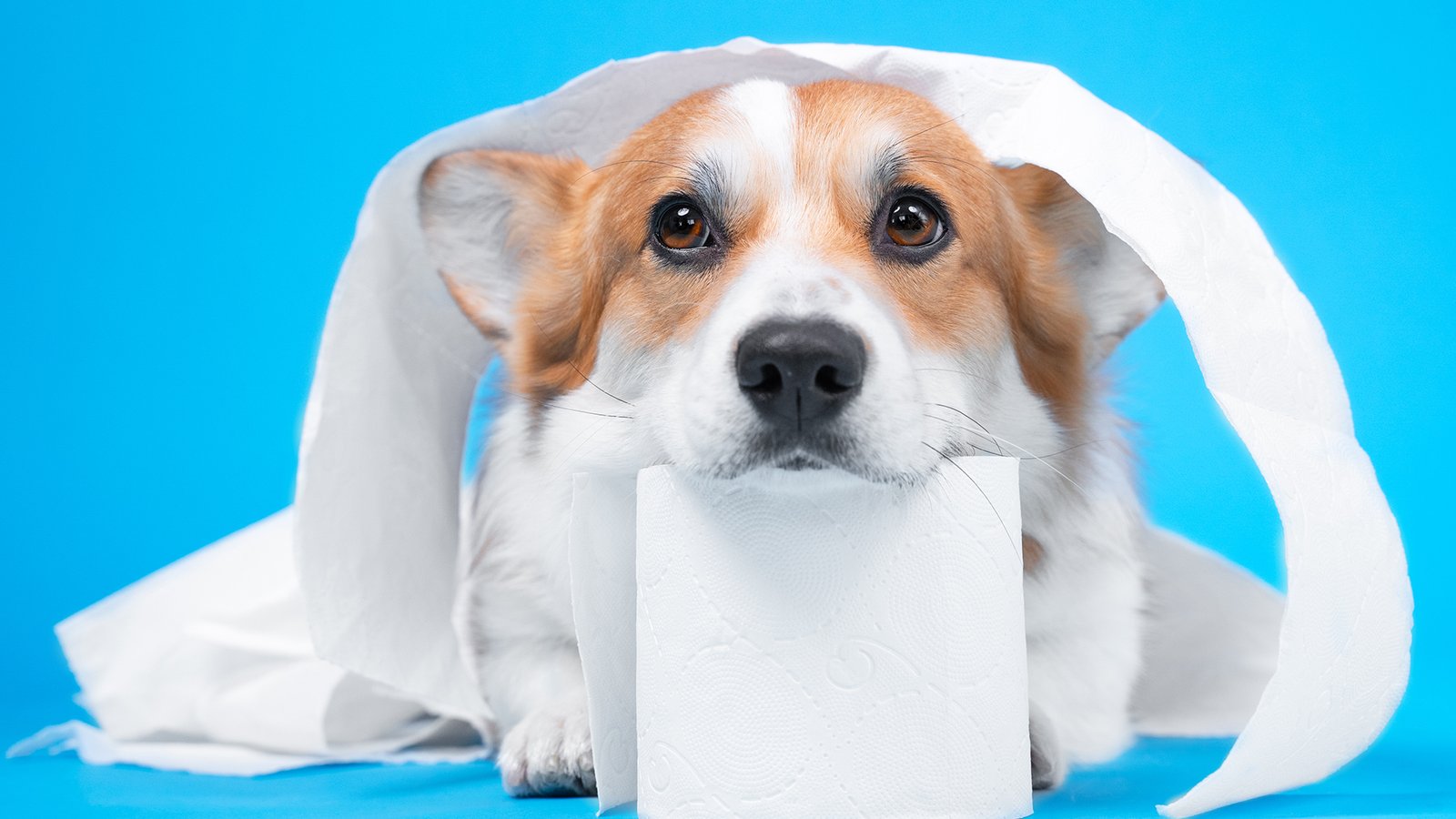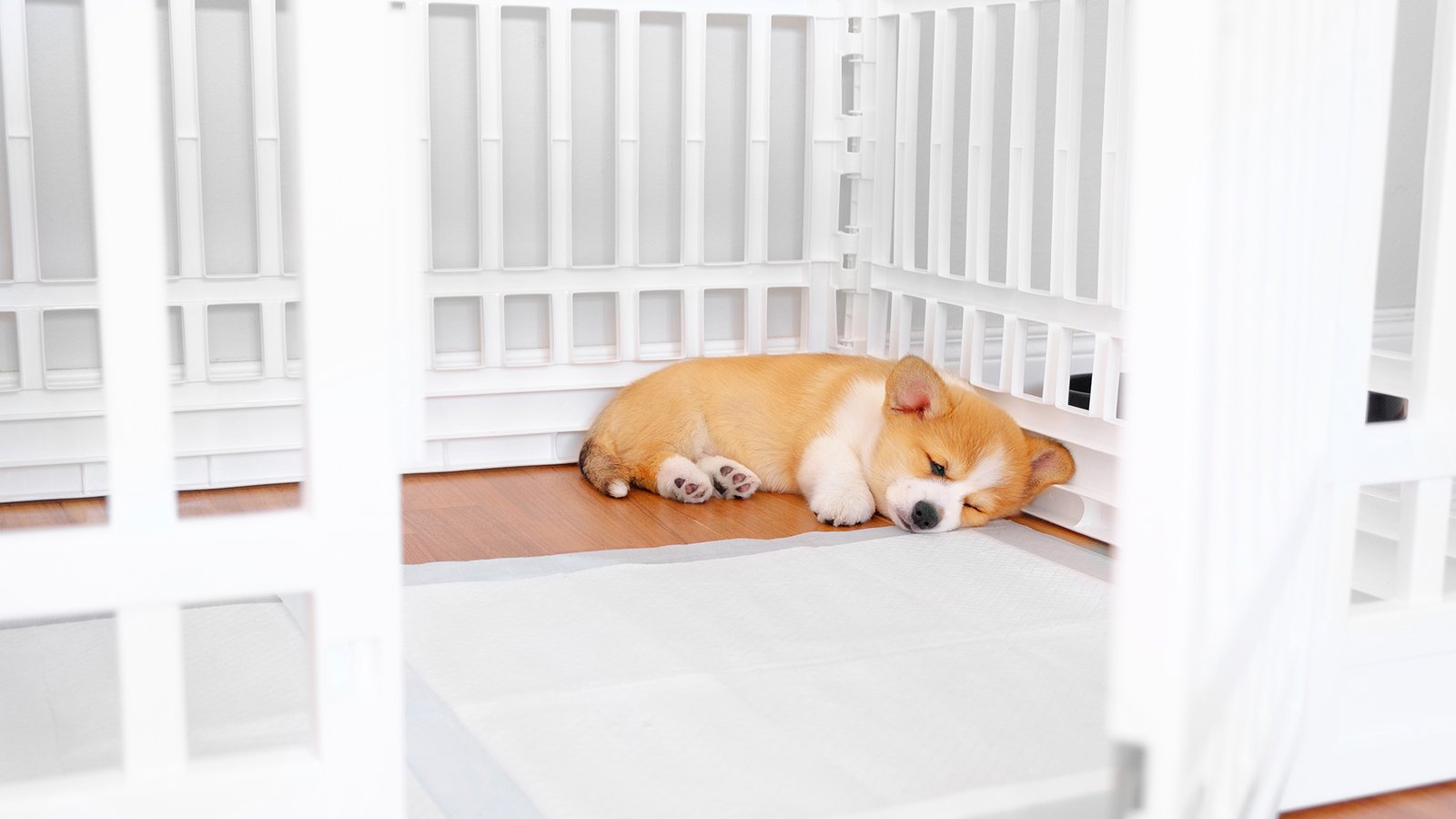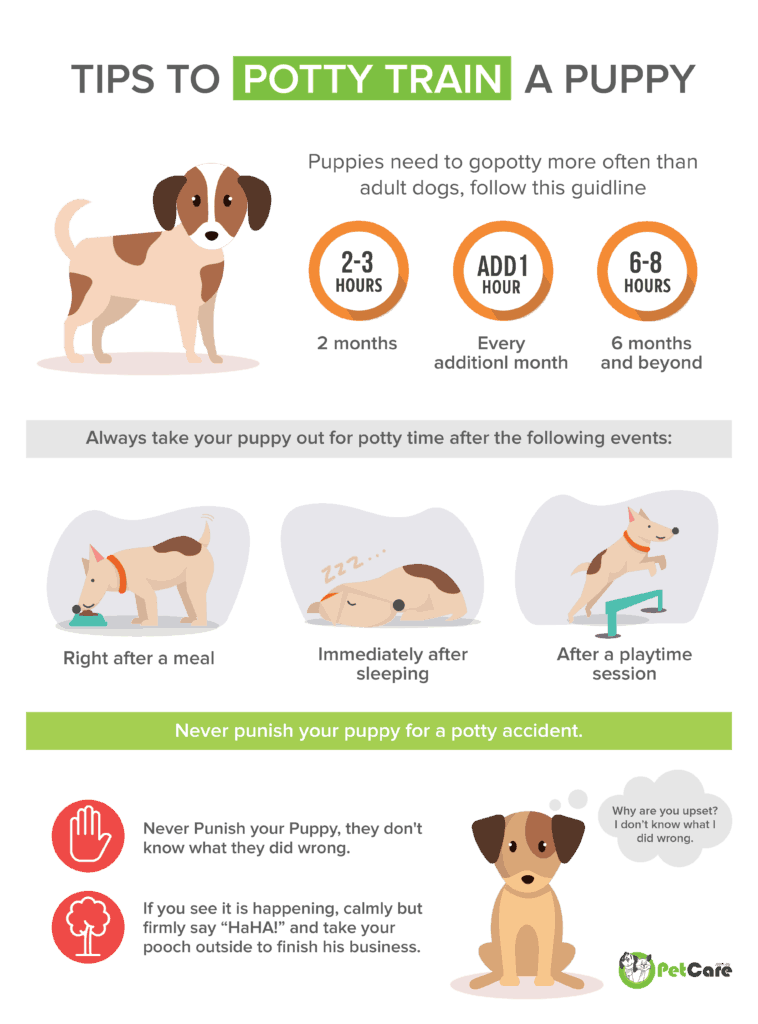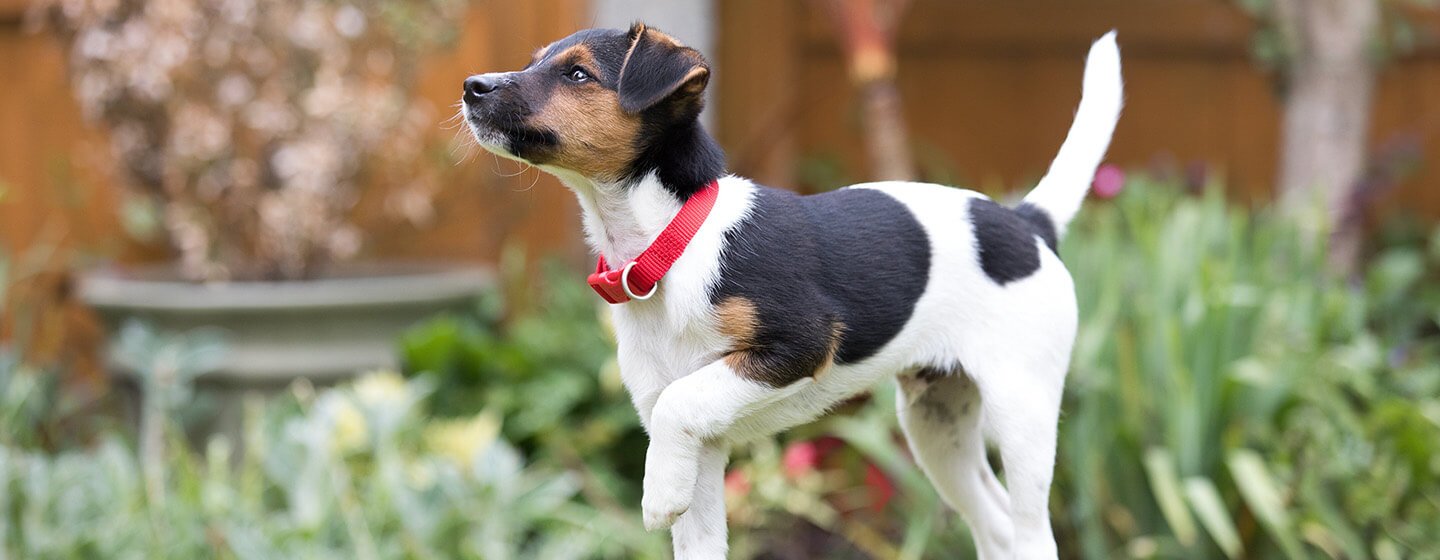Table of Contents
If you’re a dog owner in Singapore and struggling with toilet training your furry friend, look no further! This article serves as the ultimate guide to dog toilet training in Singapore. Whether you’re a first-time dog owner or simply looking for some extra tips, we’ve got you covered. From choosing the right training method to addressing common challenges, we’ll take you step by step through the process to ensure a clean and stress-free home for both you and your beloved canine companion. Say goodbye to accidents and hello to a well-trained pup in no time!

Choosing the Right Dog Toilet
When it comes to dog toilet training, choosing the right dog toilet is essential. There are several types of dog toilets available, each with its own advantages and disadvantages. The three main types of dog toilets are indoor dog toilets, outdoor dog toilets, and dog litter boxes.
Indoor dog toilets, also known as dog potties or pee pads, are convenient for those living in apartments or houses without easy access to a yard. They are typically made of synthetic grass or absorbent material, and some even come with a built-in drainage system to prevent odors. Outdoor dog toilets, on the other hand, are suitable for homes with a yard and allow your dog to relieve themselves in a designated area outside. Dog litter boxes, similar to cat litter boxes, can be placed indoors or outdoors and filled with a special dog litter that absorbs urine and controls odors.
When choosing a dog toilet, consider your dog’s size and breed. Some dog toilets are designed specifically for small dogs, while others can accommodate larger breeds. Additionally, think about the ease of cleaning and maintenance. Look for dog toilets that are easy to clean and have removable trays or liners for quick disposal of waste. Finally, consider your living situation and the space you have available. Indoor dog toilets should fit seamlessly into your home without causing inconvenience or taking up too much space.
Size of Dog Toilet
The size of the dog toilet is an important factor to consider when toilet training your furry friend. A dog toilet that is too small may be uncomfortable for your dog, while one that is too large may encourage your dog to use it as a play area rather than a toilet.
To determine the appropriate size of the dog toilet, consider the size and breed of your dog. Small dogs or puppies may require a smaller dog toilet, while larger breeds will need a more spacious area. It’s also important to consider the height of the dog toilet. Some dogs may have difficulty accessing a tall toilet, while others may find it more comfortable. Additionally, if you have multiple dogs, ensure that the dog toilet is large enough to accommodate all of them comfortably.

Placement of Dog Toilet
The placement of the dog toilet plays a crucial role in the success of toilet training. It’s important to choose a location that is easily accessible for your dog and convenient for you to clean.
For indoor dog toilets, place them in an area that is easily accessible for your dog, such as a corner of a room or near a door. Avoid placing the toilet in areas where your dog spends a lot of time, such as the living room or bedroom, as this may confuse them and lead to accidents. It’s also important to consider the proximity to a sink or water source for easy cleaning.
Outdoor dog toilets should be placed in a secluded area of your yard, away from high foot traffic and play areas. Choose a spot that is easily accessible for your dog and away from any plants or flowers you want to protect.
Preparing for Dog Toilet Training
Before starting dog toilet training, it’s important to prepare yourself and your furry friend for the process. Understanding your dog’s needs, setting a schedule, and gathering necessary supplies are key steps in ensuring a successful training experience.
Understanding Your Dog’s Needs
Every dog is unique and has different toileting needs. Take the time to observe your dog’s behavior and learn their cues for needing to go to the toilet. Pay attention to signs such as sniffing and circling, restlessness, or whining. Understanding your dog’s needs will help you anticipate when they need to go and prevent accidents.
Setting a Schedule
Establishing a regular toilet schedule is crucial when toilet training your dog. Dogs thrive on routine, so setting specific times for toilet breaks will help them learn to hold their bladder and bowel movements. Start with frequent toilet breaks, gradually increasing the time intervals as your dog learns to hold it for longer periods.
Gathering Necessary Supplies
Toilet training requires a few essential supplies. Stock up on dog toileting products such as pee pads, dog litter, or synthetic grass depending on the type of dog toilet you have chosen. Additionally, invest in cleaning supplies specifically designed for pet accidents to effectively clean up any messes. Having these supplies on hand will make the training process smoother and more successful.

House Training Methods
There are several house training methods to choose from when toilet training your dog. Understanding the different techniques will allow you to choose the one that works best for you and your furry friend’s needs.
Crate Training
Crate training is a popular method for house training puppies. Dogs naturally avoid soiling their sleeping area, so a crate can help them learn to hold their bladder and bowel movements. Choose a crate that is large enough for your dog to stand, turn around, and lie down comfortably. Use positive reinforcement and ensure that the crate is a positive and comfortable space for your dog.
Paper Training
Paper training involves teaching your dog to eliminate on a specific area covered with newspapers or absorbent pads. Start by placing the papers in a designated area, gradually reducing their size until your dog learns to use a specific spot. Over time, you can move the papers closer to the desired outdoor toilet area to encourage your dog to eventually eliminate outside.
Puppy Pads
Puppy pads are highly absorbent pads that can be used indoors as a temporary toilet solution. They are designed to resemble grass or have a scent attractant to encourage your dog to eliminate on them. Introduce the puppy pads in a designated area and gradually move them closer to the dog toilet of choice.
Outdoor Training
Outdoor training is ideal if you have easy access to a yard or outdoor space. Take your dog outside to a designated toilet area on a regular schedule and encourage them to eliminate there. Use positive reinforcement and praise when they successfully use the outdoor toilet. Be patient and consistent, as it may take some time for your dog to understand the desired behavior.
Positive Reinforcement Techniques
Positive reinforcement is a highly effective training method that focuses on rewarding desired behavior rather than punishing unwanted behavior. Using positive reinforcement techniques will create a positive and cooperative environment for your dog during toilet training.
Reward-Based Training
Reward-based training involves using treats or praise to reward your dog for using the toilet correctly. Each time your dog eliminates in the desired location, immediately praise them and offer a small treat as a reward. This positive association will encourage your dog to repeat the desired behavior.
Clicker Training
Clicker training is a form of operant conditioning that uses a small handheld device called a clicker as a signal to mark desired behavior. When your dog eliminates in the correct location, immediately click the clicker and offer a treat as a reward. Over time, your dog will associate the sound of the clicker with the desired behavior.
Verbal and Physical Praise
In addition to treats and clickers, verbal and physical praise are important forms of positive reinforcement. Use a cheerful and enthusiastic tone of voice when praising your dog for successfully using the toilet. Additionally, give them a pat or a belly rub to show your approval and affection.

Establishing a Routine
Consistency is key when it comes to toilet training your dog. Establishing a routine that includes regular feeding schedules and scheduled toilet breaks will help your dog develop good habits and prevent accidents.
Consistency is Key
Consistency is crucial throughout the toilet training process. Stick to a set routine and avoid making sudden changes that may confuse your dog. When it comes to training, patience and perseverance are essential.
Regular Feeding Schedule
A regular feeding schedule will help regulate your dog’s bowel movements and make it easier to predict when they will need to go to the toilet. It’s recommended to feed your dog at the same times each day and avoid leaving food out all day. By establishing a routine, you can anticipate when your dog will need to eliminate.
Scheduled Toilet Breaks
In addition to regular feeding, scheduled toilet breaks are important to prevent accidents. Take your dog outside or to the designated toilet area at regular intervals, especially after meals, naps, and playtime. Providing them with frequent opportunities to eliminate will reinforce the desired behavior and help them become fully house trained.
Signs of Needing to Go
Learning to recognize the signs that your dog needs to go to the toilet is crucial in preventing accidents and reinforcing the toilet training process. Keep an eye out for these common signs that indicate your dog needs to eliminate.
Sniffing and Circling
One of the most common signs that your dog needs to go to the toilet is sniffing and circling. Dogs have a natural instinct to sniff and circle their chosen elimination spot. If you notice your dog exhibiting these behaviors, it’s a clear indication that they need to go outside or to the designated toilet area.
Restlessness
Restlessness and pacing around may indicate that your dog needs to go to the toilet. If your dog suddenly becomes agitated and unable to settle down, it’s likely that they are trying to communicate their need to eliminate. Pay attention to these cues and take them to the appropriate toilet area.
Whining or Scratching
Whining or scratching at doors or designated toilet areas is another sign that your dog needs to go. These vocalizations and behaviors are their way of alerting you to their need to eliminate. Respond promptly and guide them to the appropriate toilet area.

Accidents and Corrections
Accidents are a normal part of the toilet training process, especially in the early stages. However, it’s important to handle accidents and corrections properly to avoid confusing or scaring your dog.
Avoid Punishment
Punishing your dog for accidents will not help them learn or speed up the toilet training process. In fact, punishment can create fear or anxiety, which may lead to more accidents or behavioral issues. Instead, focus on positive reinforcement and redirecting their behavior to the appropriate toilet area.
Interrupt and Redirect
If you catch your dog in the act of eliminating in an inappropriate area, it’s important to interrupt them without scaring or punishing them. Use a gentle vocal interruption or clap your hands to distract them and redirect their attention to the appropriate toilet area. Once they have finished eliminating in the correct location, reward them with praise and a treat.
Proper Cleaning Techniques
Properly cleaning accidents is crucial to prevent repeat incidents. Dogs have a sensitive sense of smell and may be drawn back to an area if it still smells like urine or feces. Use a pet-specific enzymatic cleaner to thoroughly clean the area, removing all traces of odor. This will help prevent your dog from returning to the same spot.
Dealing with Specific Challenges
While toilet training is usually a straightforward process, there may be specific challenges you encounter along the way. Here are some tips to address common challenges that dog owners face during the toilet training process.
Overnight Training
Overnight training can be challenging, as dogs typically have less control over their bladder and bowel movements while asleep. Consider using a crate or confinement area specifically for overnight periods. Gradually increase the amount of time your dog can hold their bladder overnight by adjusting feeding and water schedules. Take your dog for a final toilet break just before bedtime and be prepared to wake up early for a morning toilet break.
Separation Anxiety
Separation anxiety can lead to toilet training difficulties, as dogs may eliminate due to stress or anxiety when left alone. Building a strong bond with your dog and gradually acclimating them to being alone can help reduce separation anxiety. Provide mental stimulation and toys to keep them occupied, and make sure they have access to water and the toilet area before leaving.
Multiple Dogs
Toilet training multiple dogs can be challenging, especially if one dog is more advanced in their training than the others. Separate the dogs during toilet breaks to prevent distraction or competition for the same spot. Use consistent commands and praise for each dog individually to reinforce the desired behavior.
Common Toilet Training Mistakes
Toilet training can be a process that requires time, consistency, and patience. Avoiding common mistakes will help you and your furry friend achieve success in toilet training.
Inconsistency
Inconsistency is one of the biggest mistakes dog owners make during toilet training. It’s important to maintain a consistent routine, feeding schedule, and toilet breaks to reinforce desired behavior. Deviating from the established routine can confuse your dog and slow down the training process.
Expecting Instant Results
Toilet training takes time and patience. It’s unrealistic to expect instant results or a perfectly trained dog overnight. Every dog learns at their own pace, so be prepared for setbacks and accidents along the way. Celebrate small successes and remain consistent in your training efforts.
Neglecting Supervision
Constant supervision is essential during the early stages of toilet training. Neglecting supervision increases the likelihood of accidents and missed opportunities to reinforce the desired behavior. Keep a close eye on your dog’s behavior and be proactive in guiding them to the appropriate toilet area.
Troubleshooting
In some cases, you may encounter persistent challenges or resistance to toilet training. If you find yourself struggling with toilet training despite your best efforts, seeking professional help can be beneficial.
Persistent Accidents
If accidents persist despite consistent training efforts, it may be helpful to consult a professional dog trainer or behaviorist. They can assess your dog’s specific needs and provide tailored guidance and solutions to address persistent accidents.
Resistance to Training
Some dogs may exhibit resistance to toilet training due to fear, anxiety, or previous negative experiences. A professional trainer can help identify and address the underlying causes of resistance, providing a customized approach to overcome these challenges.
Seeking Professional Help
If you are experiencing difficulties or feel overwhelmed with toilet training, don’t hesitate to seek professional help. A trainer or behaviorist with expertise in toilet training can provide guidance, support, and additional resources to help you and your dog succeed.
In conclusion, toilet training is an important aspect of owning a dog and ensuring a harmonious living environment. By choosing the right dog toilet, understanding your dog’s needs, utilizing positive reinforcement techniques, and establishing a consistent routine, you can successfully toilet train your furry friend. Remember to remain patient, consistent, and seek professional help if needed. With dedication and guidance, you and your dog can achieve a successful and stress-free toilet training experience.



